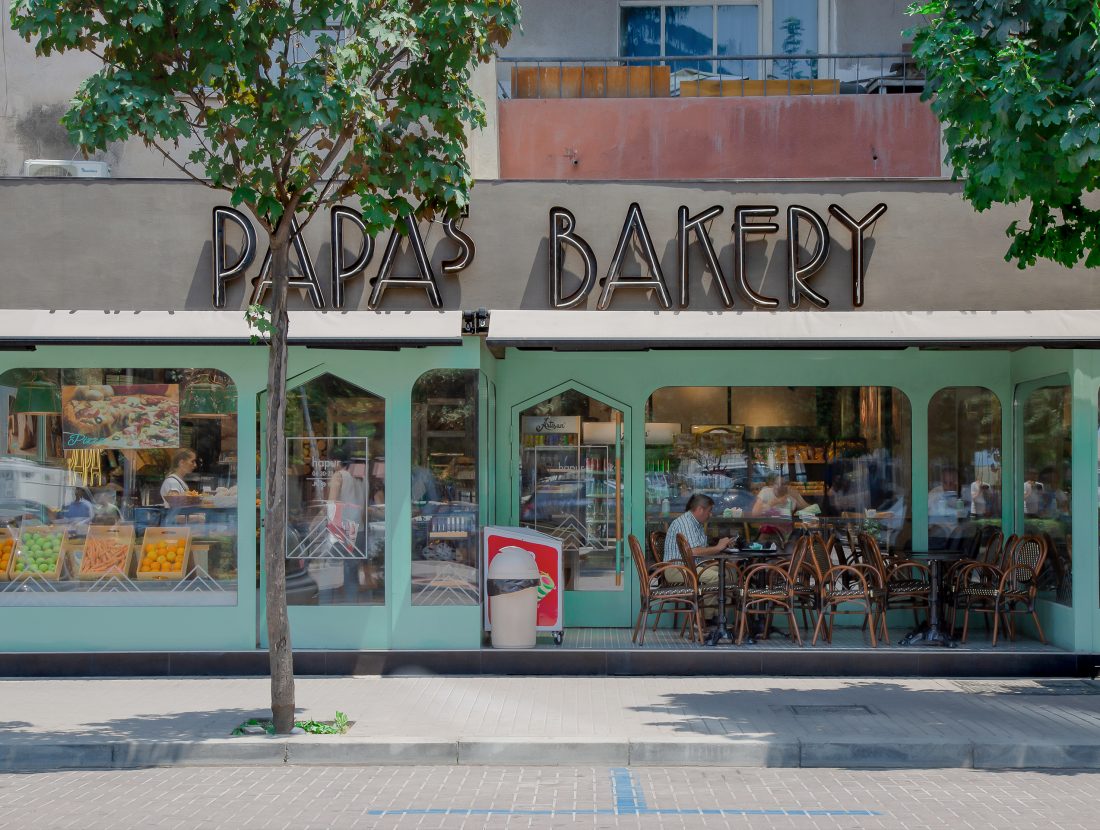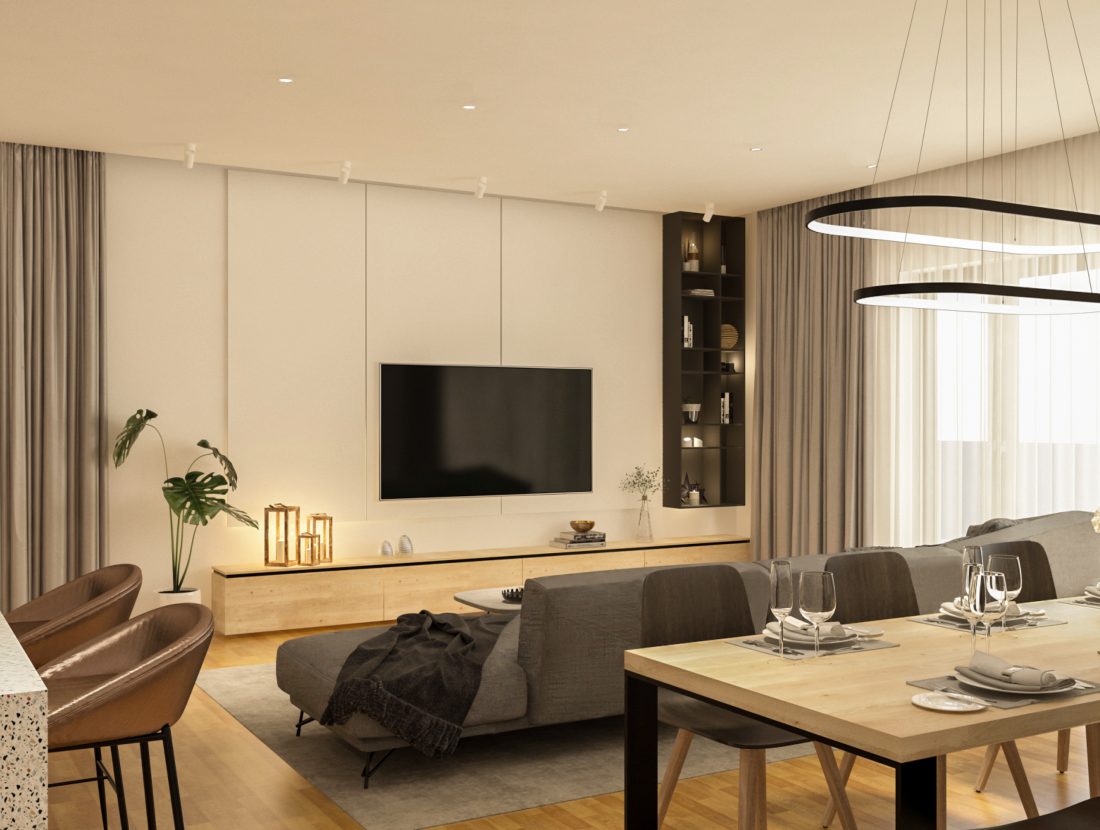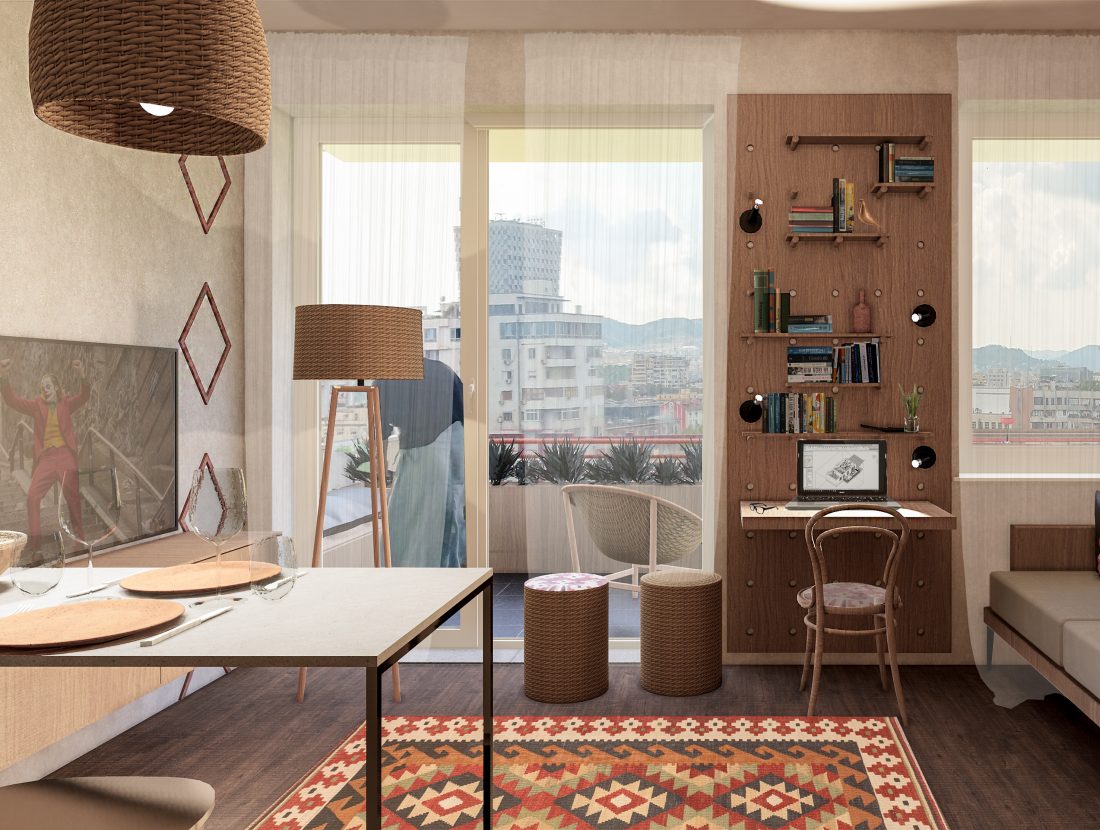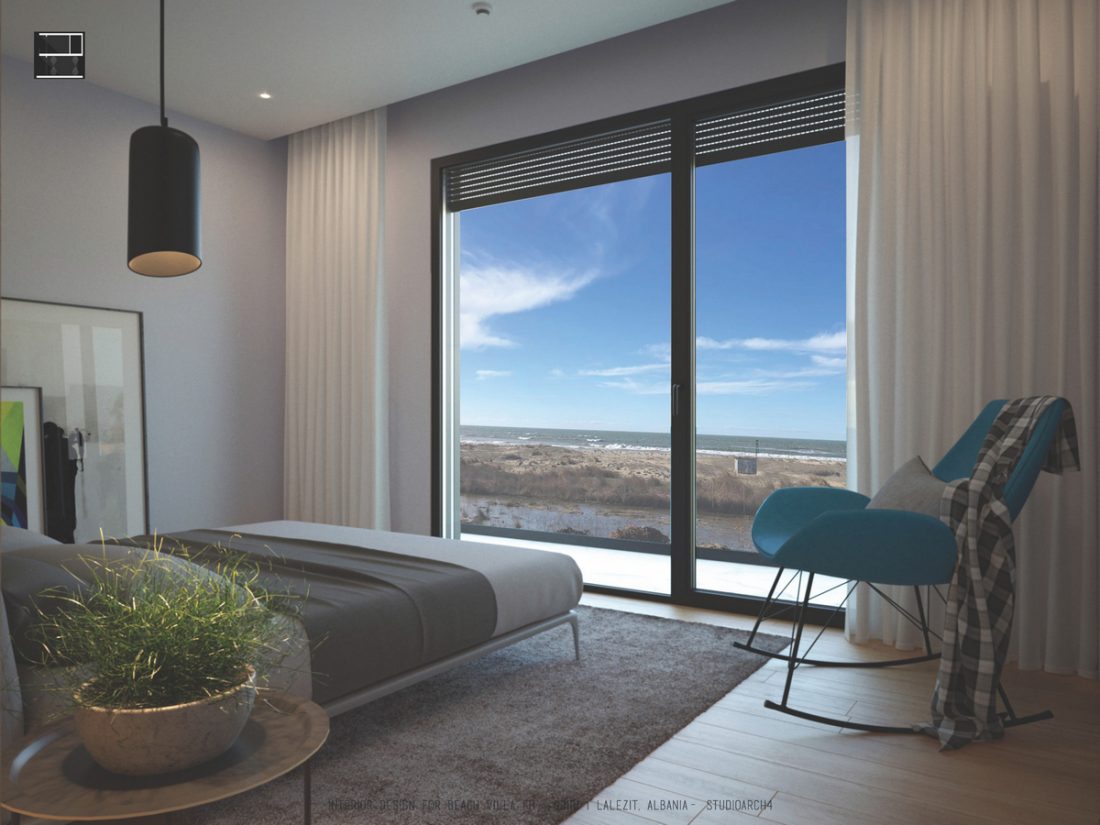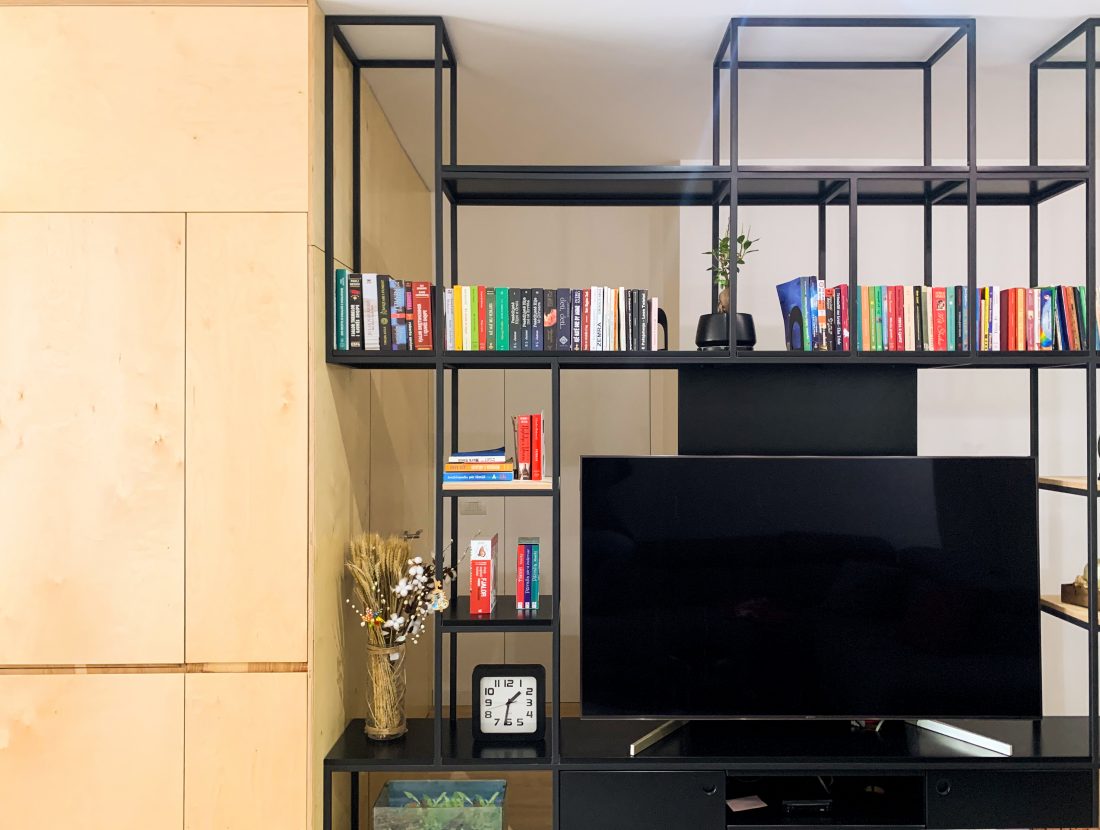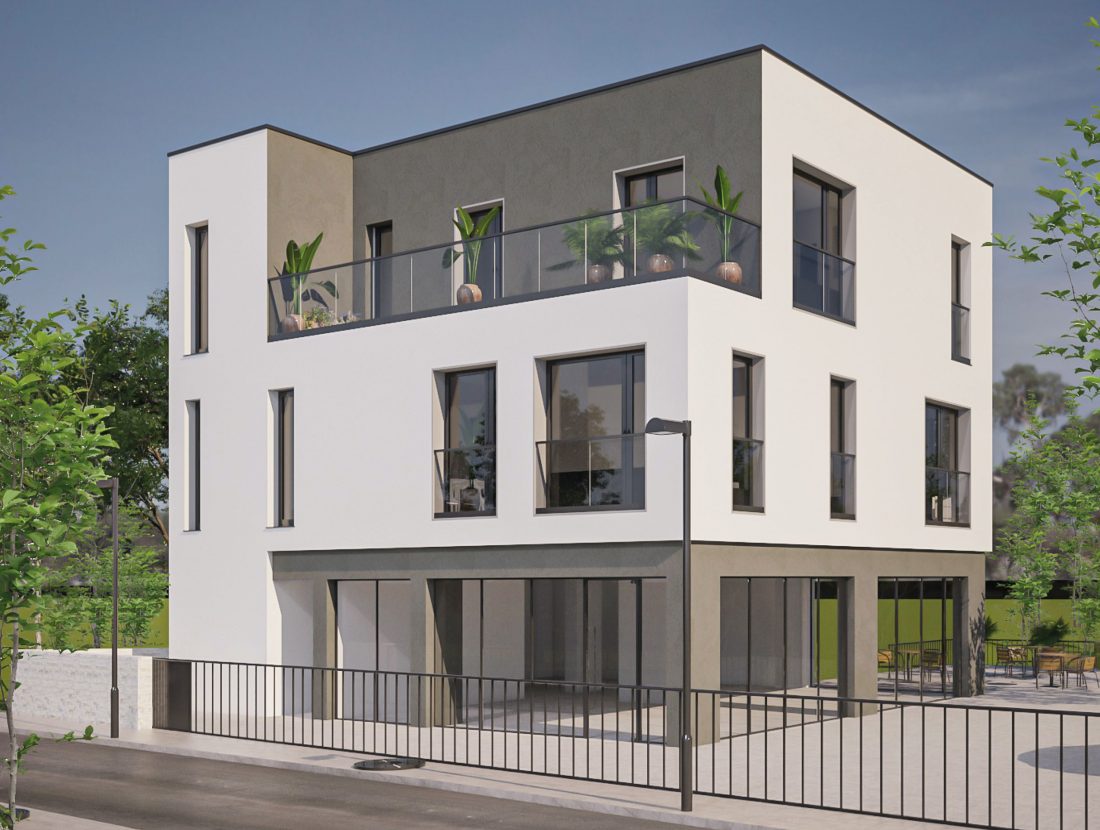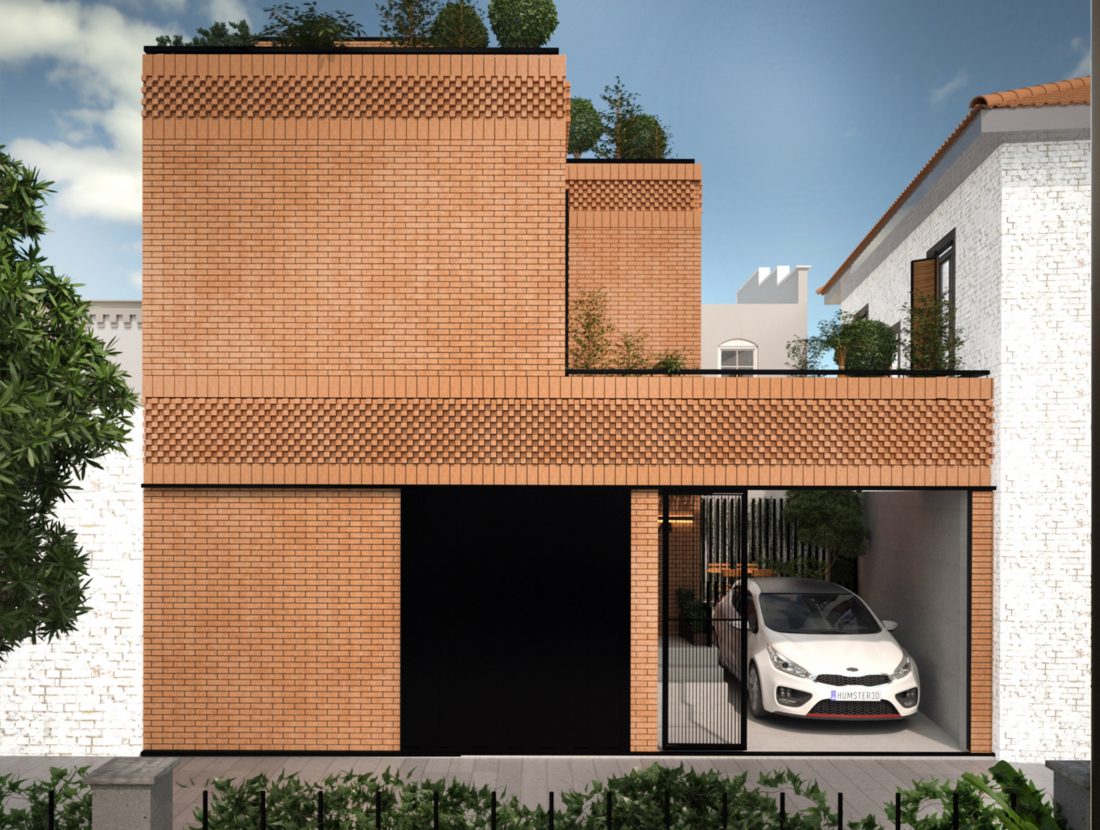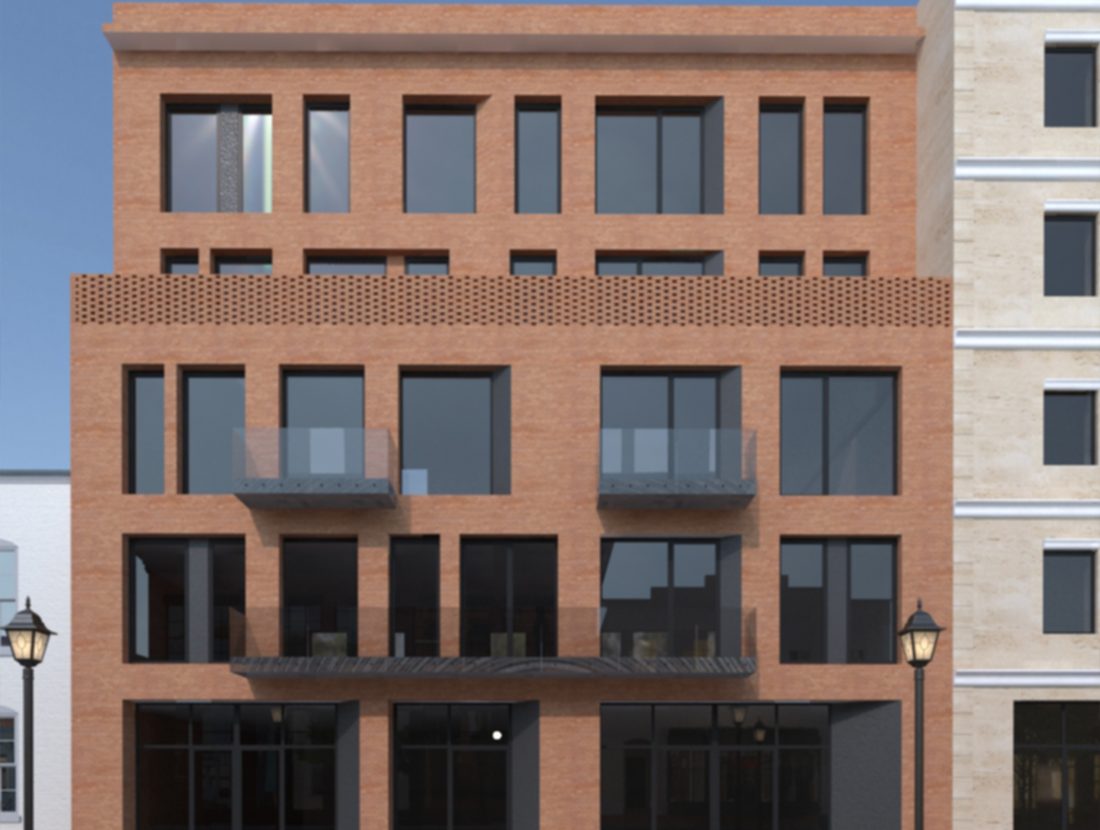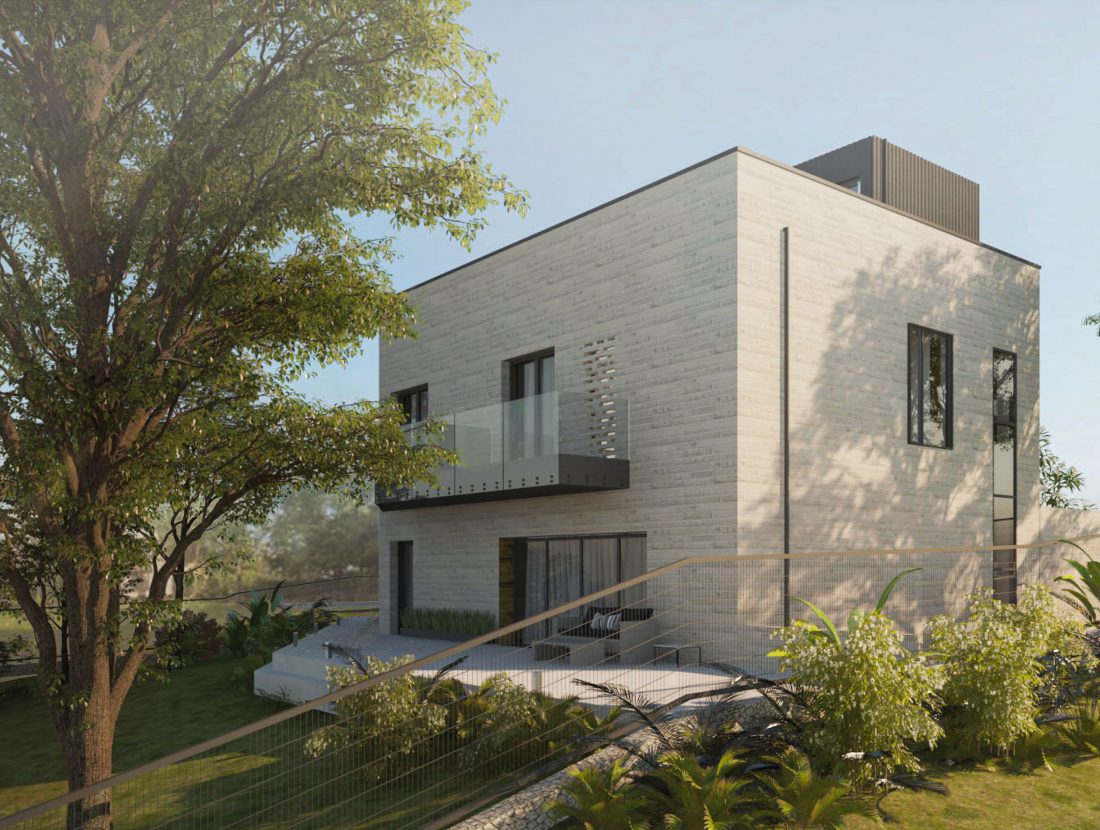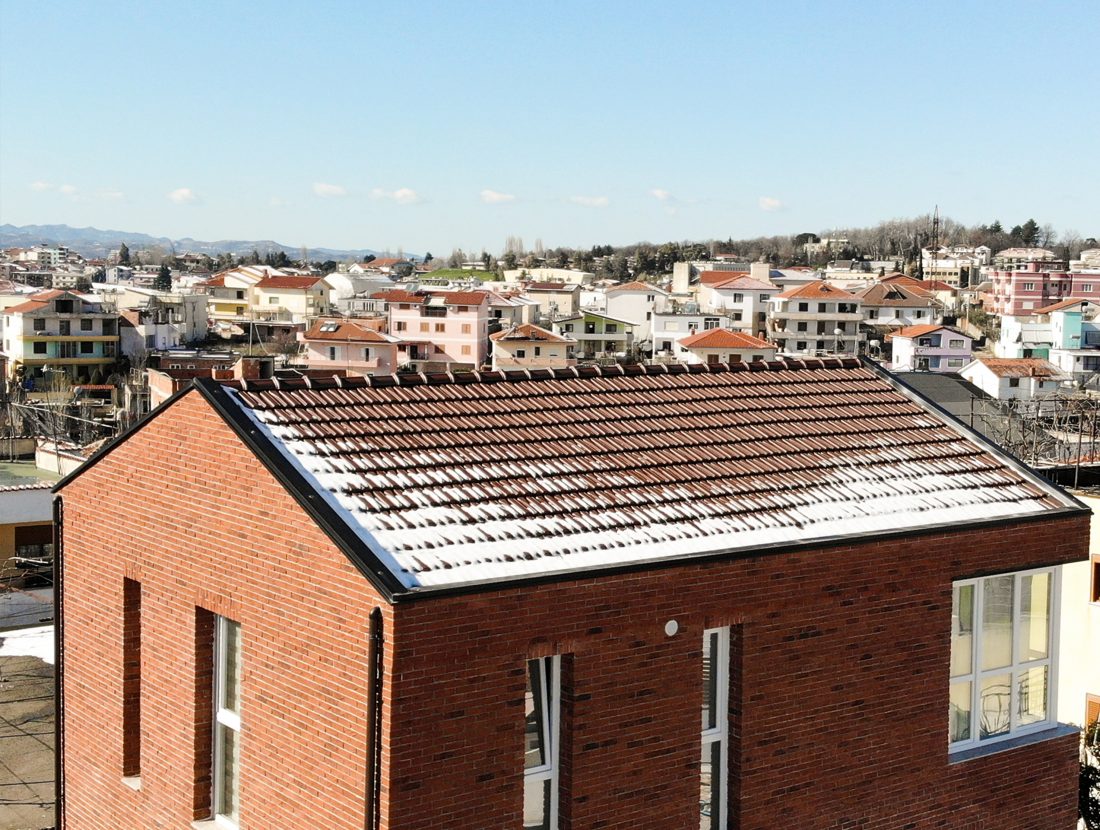PAPA’S BAKERY
EN
Papa’s is a bakery chain in Tirana, Albania. This one in particular is located in a very busy street of the capital, right in front of the pedestrian and vehicular road. The interior of the bakery has been designed keeping in mind industrial features and elements such as low handing metallic lights, concrete ceilings, exposed concrete columns and other metallic elements in teal copper color.
The whole interior is spacious and full of light. The façade features a lot of glazing in order to attract customers and provide an enjoyable space where to have food alone or with friends! A specific outdoors space is also dedicated to customers wanting to eat in the open air.
AL
Papa’s eshte nje pasticeri dhe furre buke ne Tirane, Shqiperi. Ky objekt ne vecanti eshte i pozicionuar ne nje rruge kryesore me shume qarkullim. Interieri i kesaj furre dhe pasticerie eshte dizenjuar sipas parimeve te stilit industrial, ne te cilin jane perdorur ndricuesa te varur metalik, beton ne dukje, mikrocement dhe elemente ne ngjyre jeshile bakri.
Brendesia e ambientit eshte shume e ndricuar nga vetrata kryesore dhe dritare ne tavan. Fasada ka nje siperfaqe te madhe xhami qe terheq klientet ne saje te produkteve te ekspozuara. Gjithashtu, eshte dizenjuar dhe nje hapesire e jashtme me tavolina dhe karrige per klientet qe preferojne te ulen jashte.

